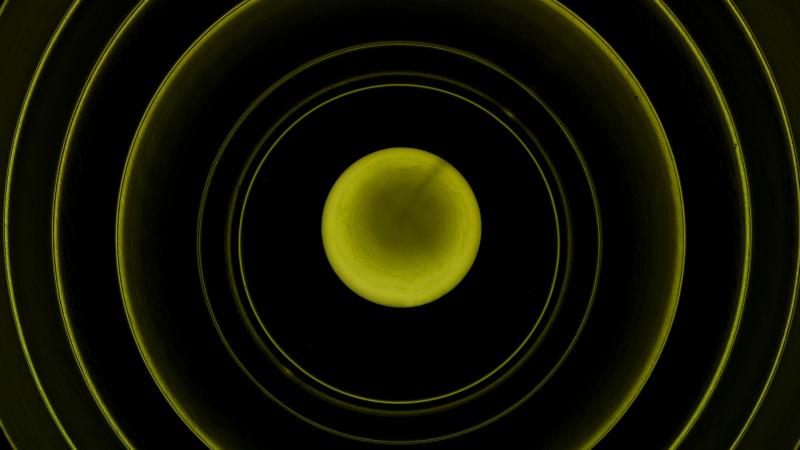
An international team, including scientists from California Institute of Technology, USA, University of Oxford, UK, Indian Institute of Technology Bombay, Mumbai, Tata Institute of Fundamental Research, Pune and several other universities from around the globe, are probing radio waves emanating from the source that the produced gravitational wave event GW170817. Their study could reveal more information about the events that cause gravitational waves and its aftermath.
On August 17, 2017, cosmologists around the globe were elated as LIGO and Virgo detectors had detected yet another gravitational wave on the outskirts of the galaxy NGC 4993 at a distance of 40 megaparsecs from Earth (1 parsec is around 3.26 light years), later named GW170817. This time, however,the situation was different from previous detections. Gravitational waves detected earlier were said to be produced due to the merger of two black holes, which weren’t expected to produce electromagnetic signals, like X rays and radio waves. GW170817, on the other hand, was produced when two neutron stars spiralled into each other, producing not just gravitational waves, but also other electromagnetic radiations from the aftermath of the merger. This means one could actually ‘see’ the event that caused the gravitational waves. Because of this, GW170817 has been hailed as a significant breakthrough in multi-messenger astronomy.
Global Relay of Observatories Watching Transients Happen (GROWTH), an international scientific collaborative project studying the physics of fast changing events in the cosmos, like supernovae, neutron star and black hole mergers, and near-earth asteroids, observed the neutron star merger that caused GW170817 at different wavelengths, from radio waves to x-rays. Their observations have revealed the merger generating a hot explosion known as kilonova, radio wave emissions as the hot explosion slammed into surrounding gas, and optical and infrared waves from a cocoon of material expanding at close to the speed of light from the aftermath of the merger.
In the new study, the scientists observed radio waves emanating from the location of the merger, 16 days after the detection of GW170817. They believe the radio waves may be a result of either, a collimated jet of particles travelling close to the speed of light, viewed slightly off-axis from our line of sight, or from a slowly expanding cocoon of materials spewed out from the merger.
A further analysis of the radio waves within 100 days from the merger would, according to the researchers, enable scientist to measure the angular velocity and geometry of the debris from the merger, allowing them to distinguish between the two models.
The detection of the counterpart radio source, according to the authors, “allows us to diagnose the energetics and environment of the merger”, and thus forms a window into the spectacular events that caused GW170817 and the aftermath of that merger.






